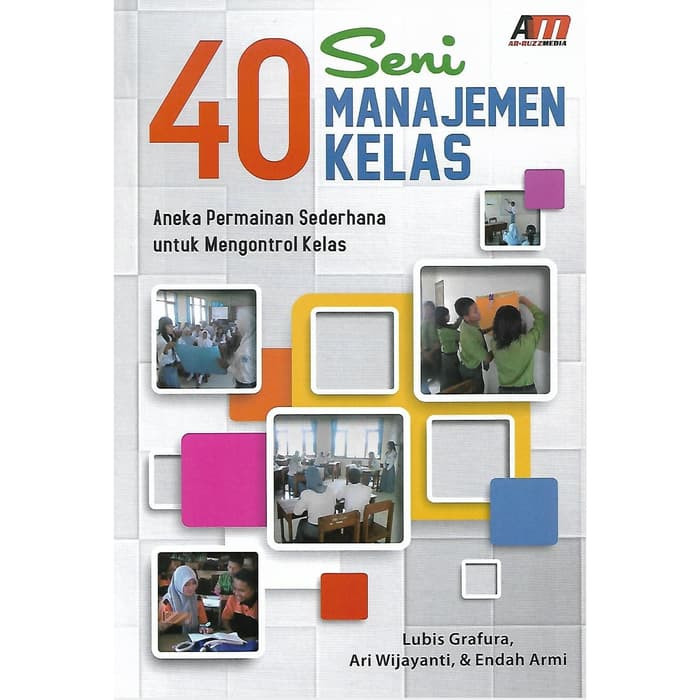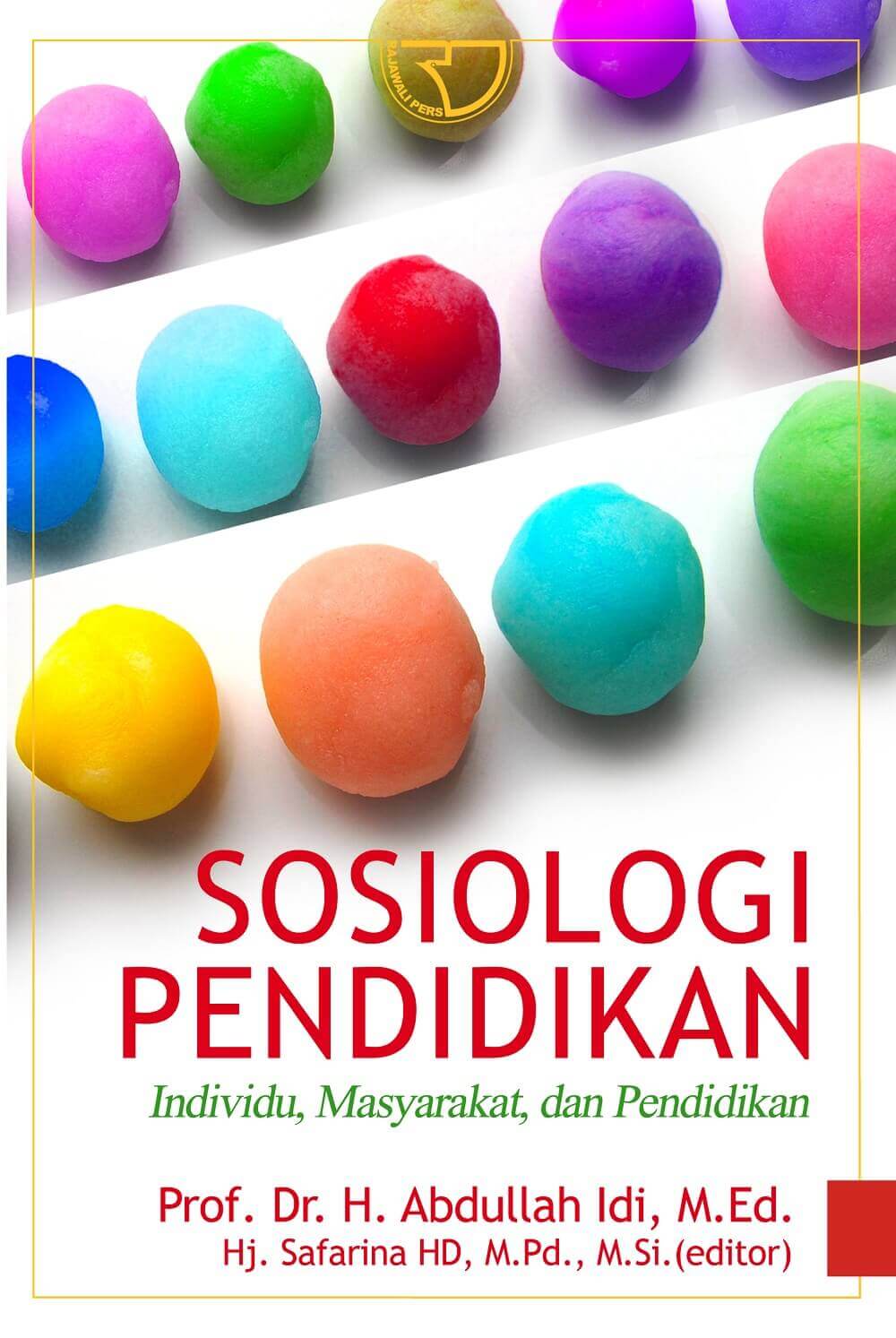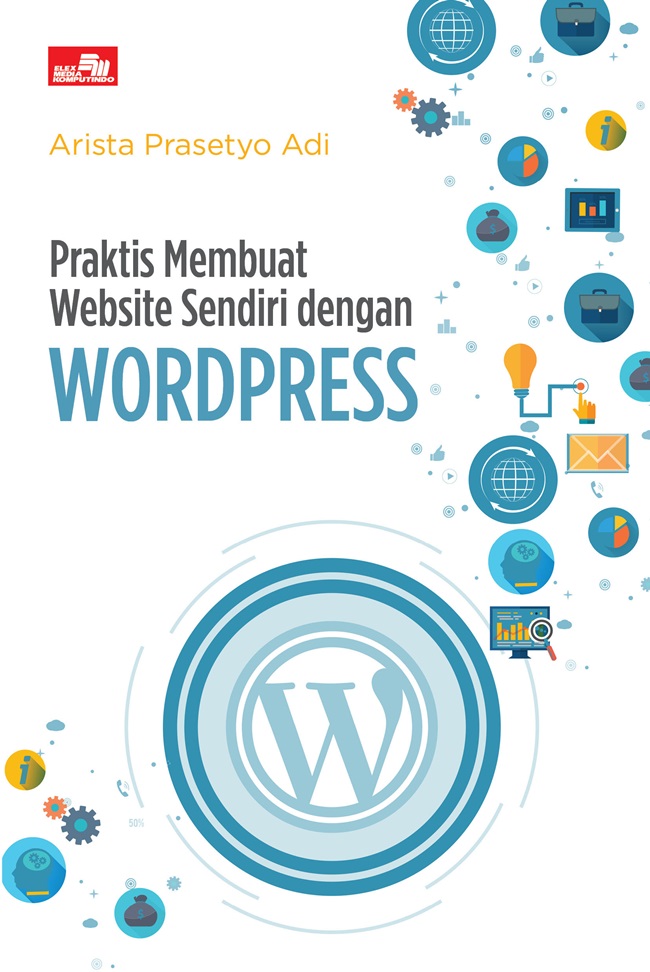





The sum is greater than the parts : doubling shared prosperity in Indonesia ...
HARVARD KENNEDY SCHOOL. ASH CENTER
Tersedia di:
Deskripsi
Bibliography : p. 241 ; The government of Indonesia’s primary development objective is to join the ranks of upper middle-income countries by 2025. If Indonesia could generate an annual real GDP per capita growth rate of 8.5 percent for the next ten years, it would be well on the path to achieving this objective. At current projections, this will not be possible. It will fall short in three fundamental dimensions: growth will be jobless, competitiveness will decline and inequality will rise. The binding constraint to accelerating sustainable, inclusive growth is that Indonesia exploits neither the benefits of being a large country nor its international dynamic comparative advantage. Indonesia is beset by local economic fragmentation and global economic marginalization. At present, the sum is worth less than the parts. Based on Indonesia’s history and current situation, the nation has a choice of three future development paths: reactive, proactive and transformative. Reactive best describes the government’s current approach of “muddling through”; proactive refers to policies pursued in response to past major crises such as widespread malnutrition and rural poverty in the 1960s and the collapse of oil prices in the 1980s; and transformative, or fundamental metamorphosis, characterizes the policies that enabled the “Four Asian Tigers” to become high-income nations.
Ulasan
Buku Rekomendasi Lainnya

Anthurium
LINGGa, Lanny

Virus entrepreneurship kyai : 72 prinsip dan wejangan KH. Imam Zarkasyi
ZARKASYI, Muhammad Ridlo ; UBAEDY, An ; ARIFIN, Luqman Hakim

Persalinan dengan bedah caesar
DUFFE, H. Trisha

KAMUS kepolisian
MERE, Gories

Akhlak Tasawuf Abiddin Nata
NATA, Abiddin

Rockstar Teacher : Menciptakan Kelas Yang Bahagia dan Menyenangkan Ala Rockstar
Asril Novian Alifin ; Ikhdah Henny ; Nurjannah Intan

Ketika Rasul Mencintai Perempuan : sabda-sabda tentang kasih sayang Nabi kepada kaum wanita
; Achmad Lutfi ; Jajang Husni Hidayat

40 Seni Manajemen Kelas. Aneka Permainan Sedeharana untuk Mengontrol Kelas
Lubis Grafura (Pengarang) ; Wri Wijayanti (pengarang) ; Endah Armi (pengarang) ; Nurhid (penyunting)

Wow subhanallah
Tethy Ezokanzo/penulis; (Pengarang)

Belajar Bahasa Indonesia (Membaca dan Menulis) Untuk Sekolah Dasar Kelas 3 Jilid 3 b
; Yandianto

Ensiklopedia Mukjizat ilmiah Al-Quran dan Hadis 1 : Mukjizat Ilmiah Penciptaan Manusia
ANNAJJAR, Zaglul

Sosiologi Pendidikan : Individu, Masyarakat, dan Pendidikan
Idi, Abdullah

Perlahan
Ridho Pratama Satria (Pengarang)

Praktis membuat website sendiri dengan wordpress
Arista Prasetyo Adi (Pengarang)


